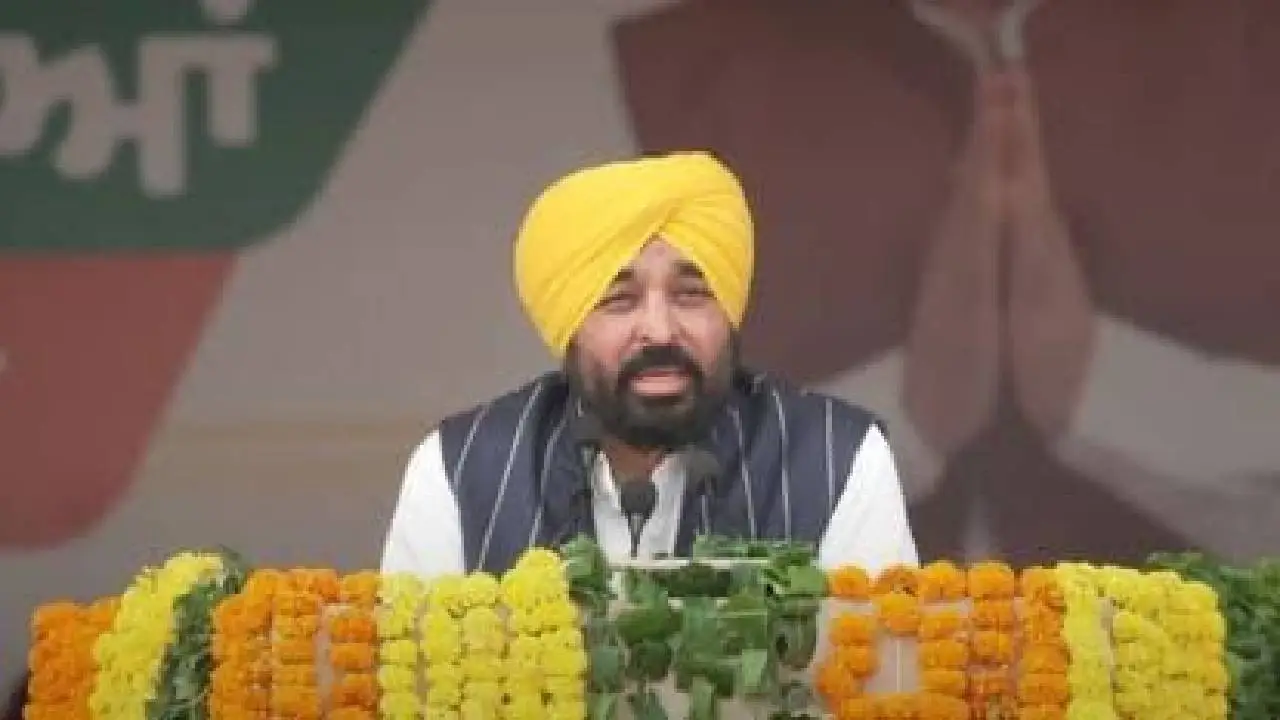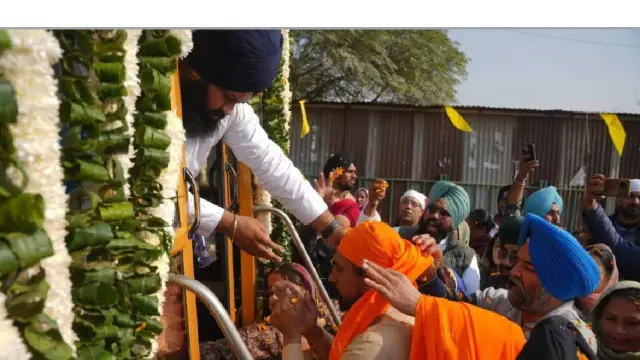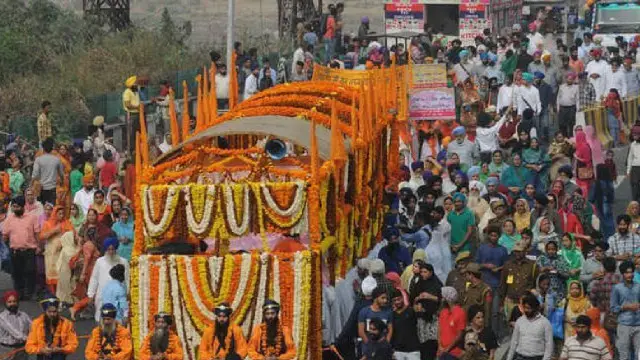Punjab Government Finally Approves Heritage Road At Takht Sri Kesgarh Sahib After 55 Years Delay
Punjab Chief Minister Bhagwant Mann confirmed that a long pending road project near Takht Sri Kesgarh Sahib will finally be completed, ending fifty-five years of delay and repeated broken promises.

Punjab News: Punjab’s Aam Aadmi Party government has taken a major decision by approving the long delayed heritage road project at Takht Sri Kesgarh Sahib. The plan was first proposed in 1970 but was never finished. For more than five decades, governments made announcements but no real progress was seen. Pilgrims traveling to this sacred Sikh site faced broken roads and constant inconvenience. Each year, especially during big festivals, visitors suffered due to poor infrastructure. Previous leaders only used the project for election speeches. Now, the Mann government says it will finally turn this into reality.
Sacred importance of Kesgarh Sahib
Takht Sri Kesgarh Sahib is one of the five holiest seats of Sikh faith. It holds special value because Guru Gobind Singh Ji created the Khalsa Panth here in 1699. Devotees from across the world come here during Baisakhi and Hola Mohalla. Despite its religious importance, basic infrastructure remained neglected for years. Pilgrims often found travel difficult due to poor connectivity. The demand for a proper road had been raised many times by Sikh organizations. The heritage road is expected to give permanent relief to visitors and add dignity to this holy site.
Governments failed repeatedly for decades
The foundation stone for this road was laid in 1970 with much hope. But successive governments failed to deliver the project. Whether under Congress or the Akali-BJP alliance, promises remained only on paper. Leaders claimed to have spent large sums on development near the shrine, but results were hardly visible. Devotees saw no improvement and continued to face problems year after year. This failure became a symbol of neglect and political insensitivity. For many in Punjab, it also reflected how religious sentiments were used for votes but ignored afterwards.
Devotees faced hardship every year
The lack of a proper road created problems during every major gathering at Anandpur Sahib. Thousands of pilgrims traveled during festivals but had to pass through narrow and broken paths. Many visitors complained about long delays, muddy roads during rains, and unsafe conditions. These difficulties spoiled the spiritual experience for devotees. Local residents too were disappointed that despite crores being spent on paper, basic needs were ignored. The incomplete road became an example of how promises without action hurt common people directly. The community’s patience was tested for more than fifty years.
Mann government shows active intent
Chief Minister Bhagwant Mann has said his government is committed to protecting Punjab’s heritage while ensuring modern facilities. He promised that public money will be used for people’s welfare, not wasted on corruption. By reviving this heritage road, his government wants to show a difference from past rulers. This is not just about a road but about keeping promises and respecting faith. The announcement has been welcomed as a sign that work will now move forward on the ground. The decision also highlights the government’s focus on visible results, not empty statements.
Economic and social benefits expected
The new heritage road is expected to bring multiple benefits beyond pilgrim comfort. Better access will boost tourism and help local businesses in Anandpur Sahib. Hotels, restaurants, and shops are likely to see growth with more visitors coming. Employment opportunities will also increase for local youth. Improved connectivity could transform the area into a hub of religious and cultural tourism. Devotees believe that once the road is completed, travel will be easier and safer. This combination of spiritual and economic value makes the project especially important for Punjab.
A symbol of changed governance
Completing this project after fifty-five years is being seen as a symbol of new governance in Punjab. Where earlier governments failed repeatedly, the Mann government has promised to deliver. Devotees and residents have welcomed the decision as a long awaited fulfillment of faith. They believe this road represents respect for Sikh history and community values. For them, it is more than just construction—it is about recognition of their spiritual heritage. The real test will be how quickly the government executes the plan. But for now, hope has finally replaced disappointment.













